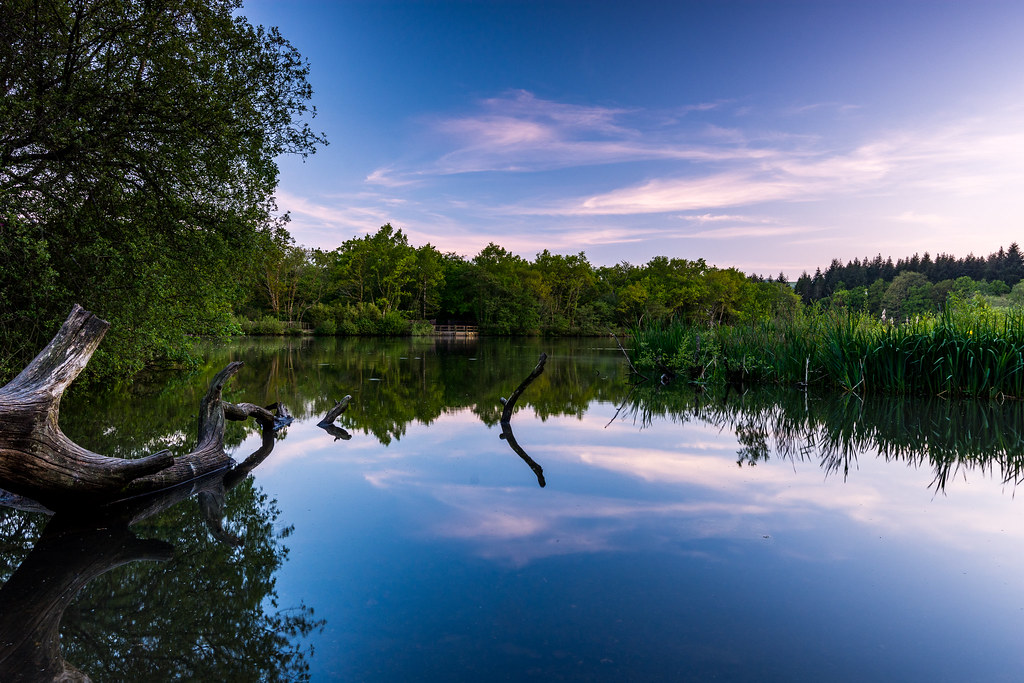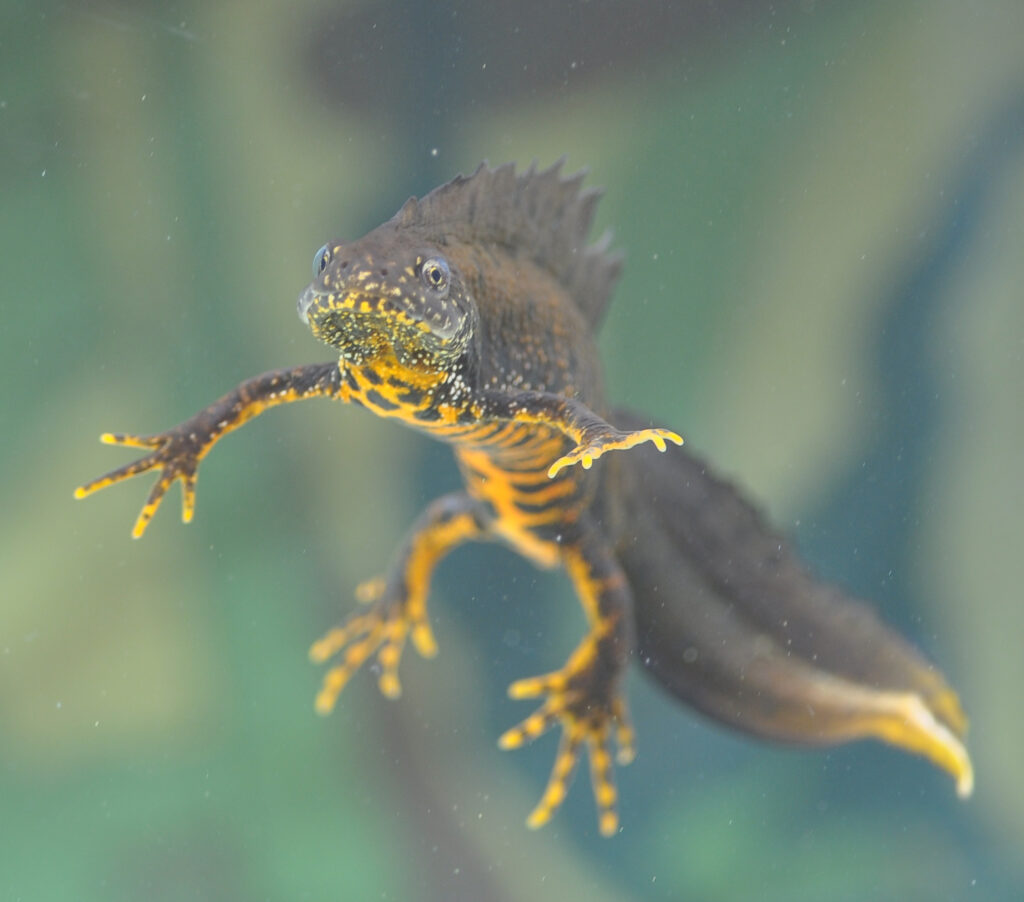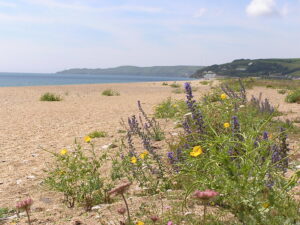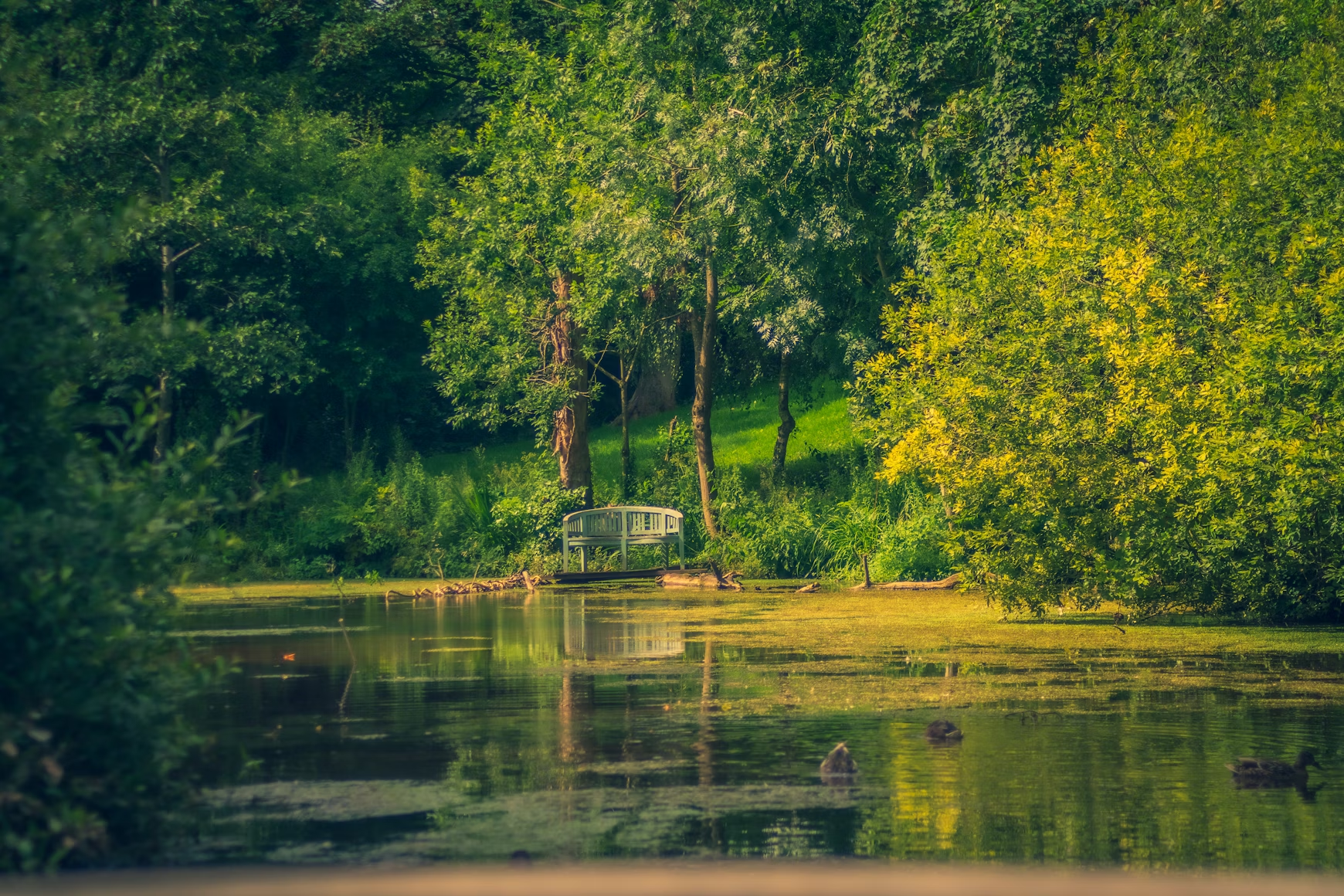What wildlife-rich looks like
A wide range of lakes and ponds of different sizes and depths, all with unpolluted water. Some dry out in the summer. Plants grow in the water, helping to oxygenate it, and on the banks, providing cover and stems for dragonfly nymphs to climb up. Shallow areas allow wildlife to climb in and out. Around the edges and between ponds and lakes, areas of plants, scrub and rocks allow wildlife to disperse.




